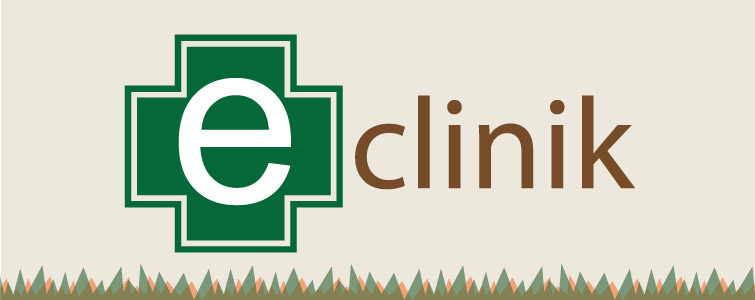- Home
- Introduction
- Taxonomy
- Research
- Sampling
- Survey & Surveillance
- Methodologies
- Tools & Devices
- Researchers/Experts
- Research Institutes
- Research Journals
- Miscellaneous
- Management
- Technologies
- Barrier Technology
- Bait Technology
- Borate Technology
- Gel Treatment
- Soil Treatment
- Seed Treatment
- Spot Treatment
- Tree Trunk Treatment
- Push-Pull Treatment
- Mound Treatment
- Others
- Termiticides
- ITK
- Publication
- Research Articles
- Books/Chapters/ Manuals
- Bulletins/Pamphlets
- Posters
- Theses/Reports/Proceedings
- Our Publications
- Bibliography
- Extension
- Extension Services
- Seminar/Conference/Workshop
- Trainings
- Extension Literature
- Relevant News Clips
- Poster Gallery
- Contact us
Microbials
Microbial Termiticides
More than 700 species of fungi were listed as insect pathogen, but examination with termite was vastly centric to two species, namely, Beauveria bassiana and Metarhizium anisopliae, although the former has stolen limelight in both field laboratory experiments. Commercial bio-termiticide Bioblast™ used against subterranean termites in USA and Japan was also reported to be relied upon M. anisopliae. Two isolates of this fungus isolated from India, proved efficacy on the arboreal termite Odontotermes sp., which could prove better if used with bait for termite control.
The entomopathogenic fungus, Metarhizium anisopliae, has recently been developed into a product for control of termites in buildings in the USA, Brazil and Australia. Colonies of some species could be killed when nests were inundated with conidia. With a similar approach it was possible to destroy colonies of Macrotermes and Odontotermes in Kenya. Successful control of Cornitermes colonies has also been achieved in pasture in South America. The effectiveness of M. anisopliae to control termites in maize cropping system was demonstrated for the first time in Kenya and Uganda. Reports are there for successful utilization of Metarhizium anisopliae at the seedling stage of maize for termite attack. Those want organic cultivation, avoiding chemicals at all, may resort to such commercial formulations. The fungus, formulated as granules and applied as seed treatment, resulted in reduction of plant lodging and a subsequent increase in maize yield
The website is designed, developed & maintained by Dr. G.K. Mahapatro & Dr. Murari Kumar
Total Visit: 02014996


